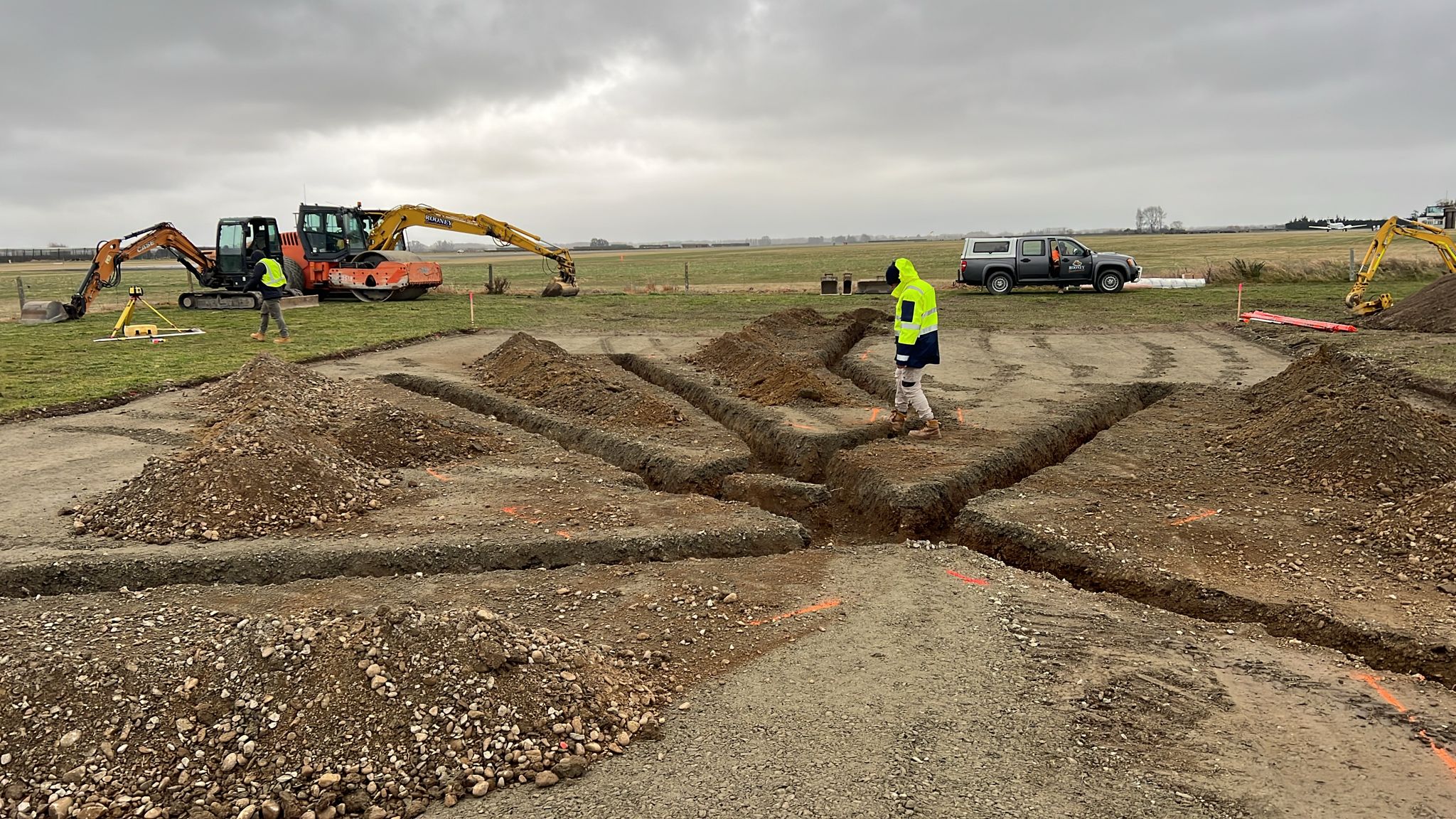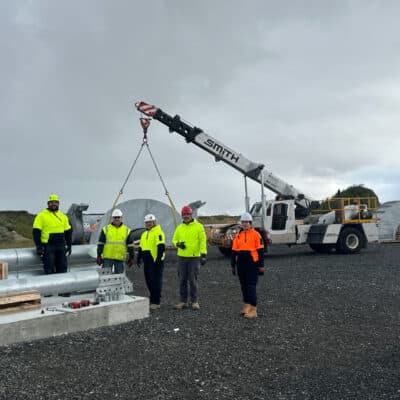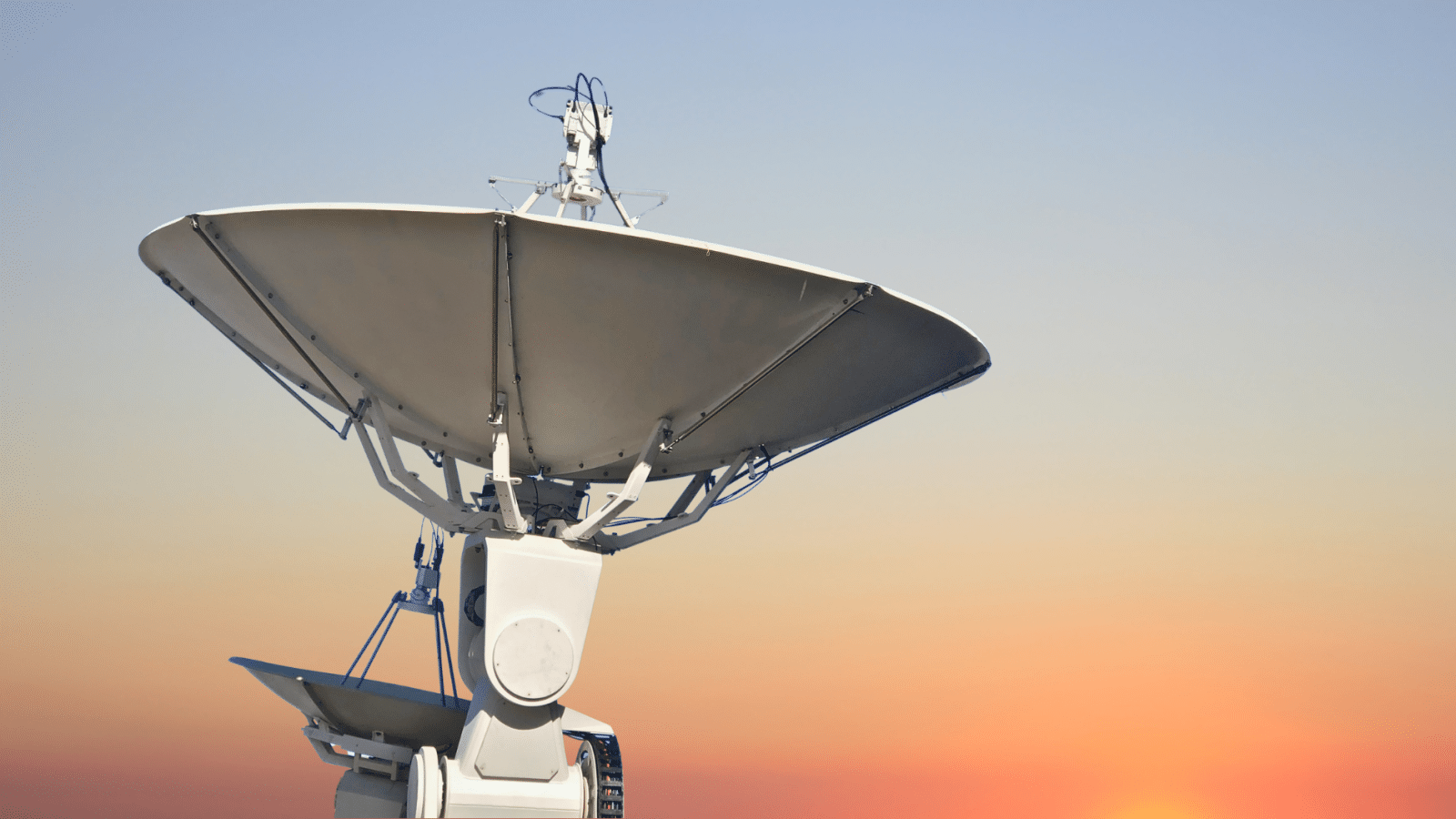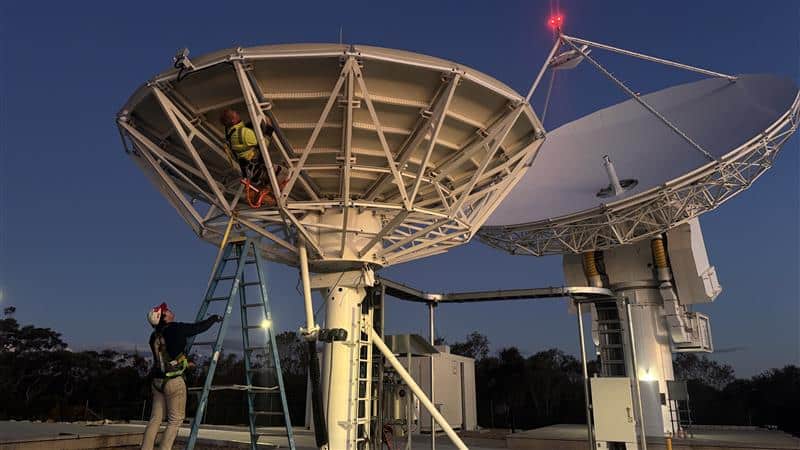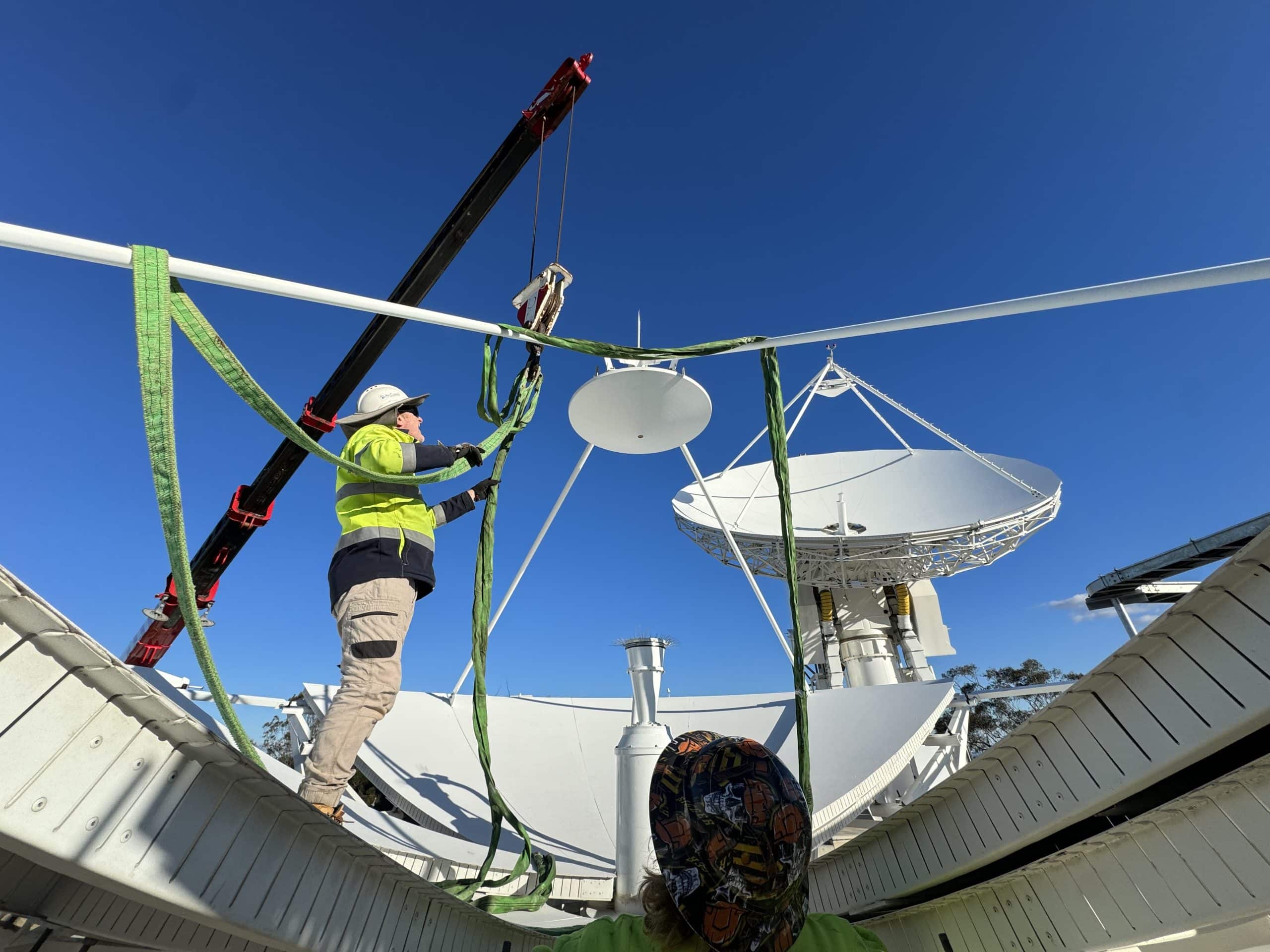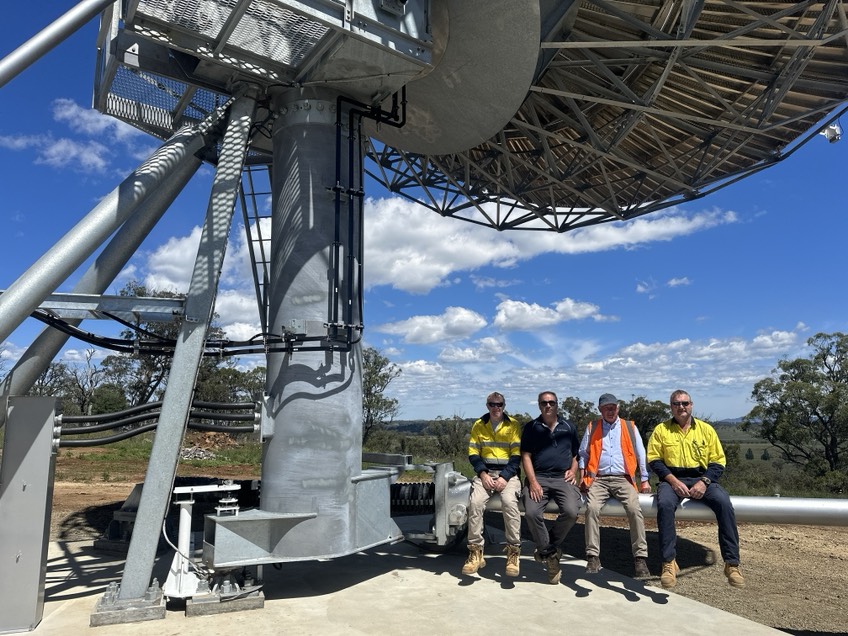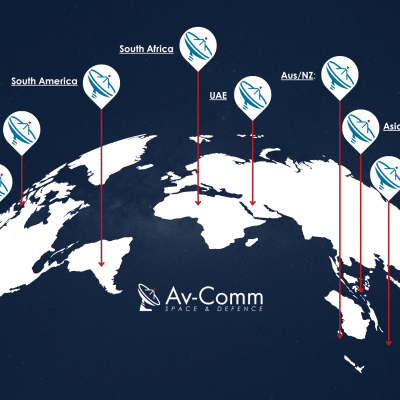
C Band Satellite Reception and the Problems caused by 5G Interference
The story of C Band Interference in Australia begins in October 2000 when the Australian Media and Communication Authority (ACMA) auctioned off frequency bands at the lower end of C Band, 3.425-3.575GHz for terrestrial service providers.
Most recently in 2018, ACMA auctioned off 125MHz of spectrum in the extended C Band 3.575 – 3.7GHz (3.6GHz) for the use of 5G mobile services, raising approximately A$853 million for the Government’s coffers.
As such, operators and users of C Band are now experiencing severe degradation and denial of C Band satellite services and are having to contend with terrestrial services operating on frequencies much closer to the remaining operational C Band frequency block (3.7-4.2GHz).
The Challenge
The nature of terrestrial mobile services is such that their base stations transmit much higher power levels compared to signals received from satellites in geostationary orbit.
This means that despite 5G services being transmitted on slightly different frequencies to that of C Band, satellite services are severely degraded by the much greater signal level transmitted by 5G base stations due to signal overload. As an analogy, consider having a conversation with someone standing next to you at a music concert. It’s difficult to hear them. In much the same way, C Band satellite reception equipment is simply overwhelmed by the noise and is driven into compression, degrading and denying the use of C Band for satellite services.
The impact of 5G is further compounded by its technology architecture that relies on deploying many base stations in order to concentrate coverage and ensure optimum 5G coverage in urban areas.
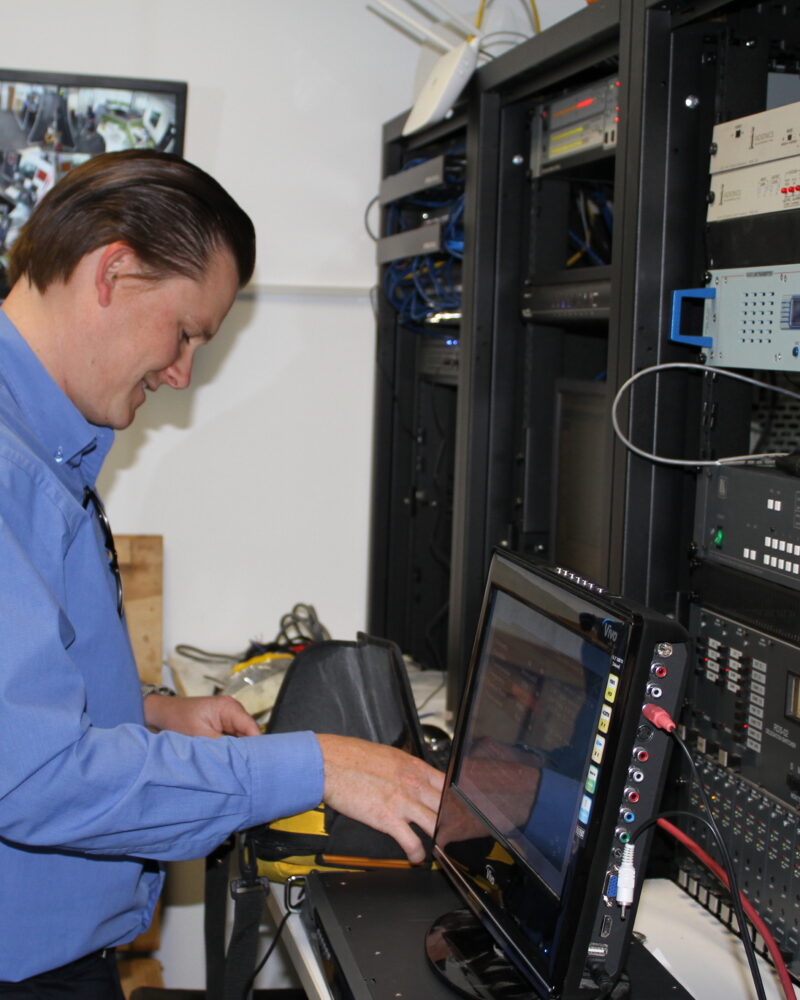
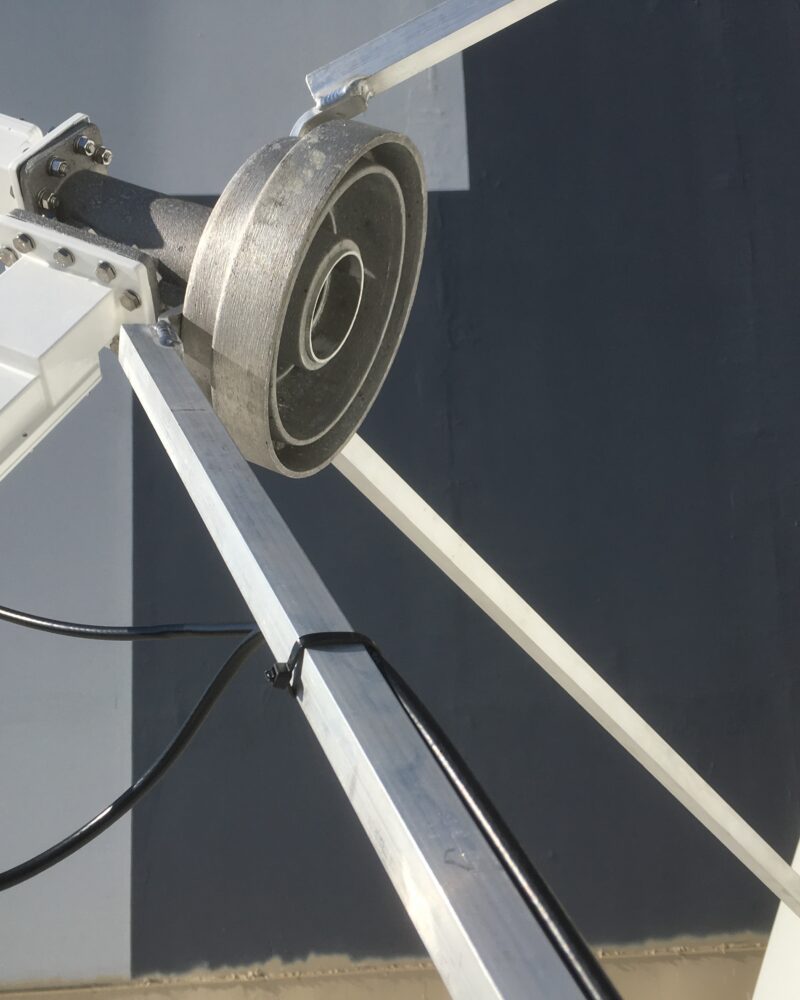
The Solution
The ultimate solution is to eliminate the 5G interfering signal before it enters the LNB in the first place.
This can be done in two ways:
- Install STEP Electronics’s range of C Band LNBs with inbuilt bandpass Filters.
- Install a standalone Waveguide Filter and C Band Filtered LNB which is placed between the Feedhorn and the input of the LNB.
These solutions offer the highest rates of success, by providing up to 110dB of protection against 5G interference. In the most severe cases, a filtered LNB and a standalone Waveguide Filter can be used together to offer the ultimate protection against any interference.
It should be noted that typical standalone Waveguide Filters create insertion loss which may be unacceptable, depending on the link budget information specific to the downlink site. The insertion loss of a typical standalone Waveguide Filter will result in a carrier to noise (C/N) reduction by ~0.5-1.0dB. Av-Comm has designed a highly efficient standalone waveguide filter design that minimises insertion loss to ~0.2-0.5dB.
Over the past decade, Av-Comm has developed a range of C Band LNBs with inbuilt bandpass Filters to solve out-of-band interference cases. Our preferred method to eliminate C Band interference, is to use an LNB with inbuilt bandpass Filter. We believe this approach is optimal because unlike standalone Waveguide Filters, Av-Comm’s filtered LNB solutions do not suffer from insertion loss and provide a more cost-effective solution.

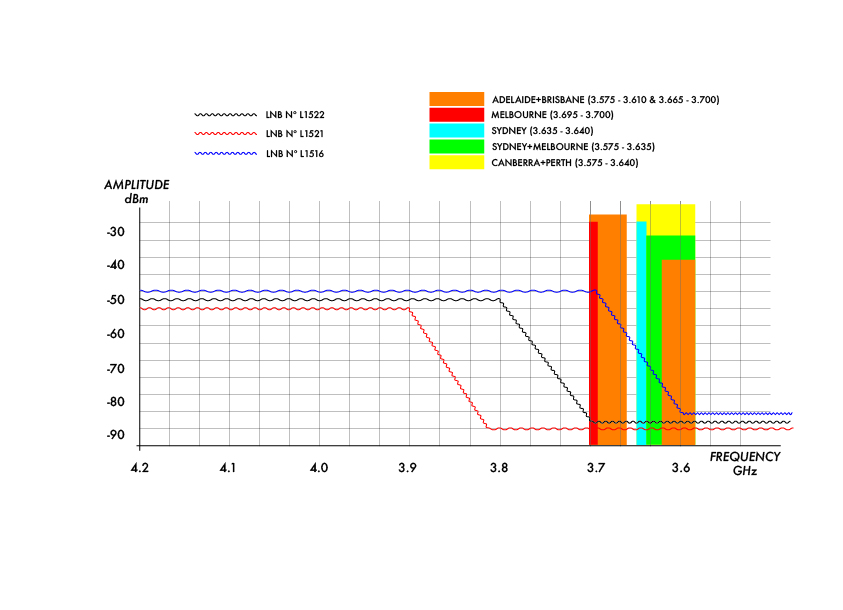
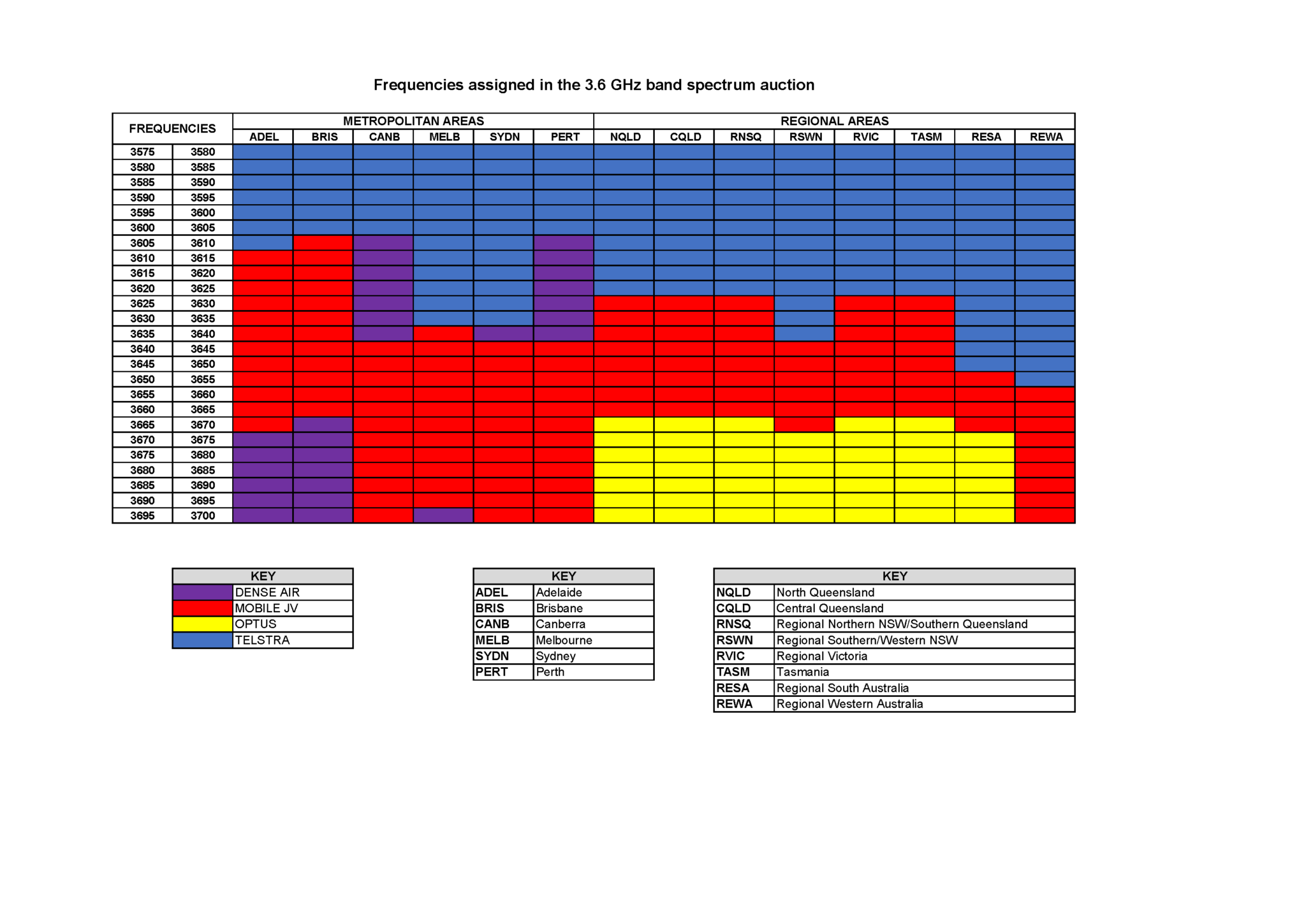
Trusted by Global Industry-Leading Brands













